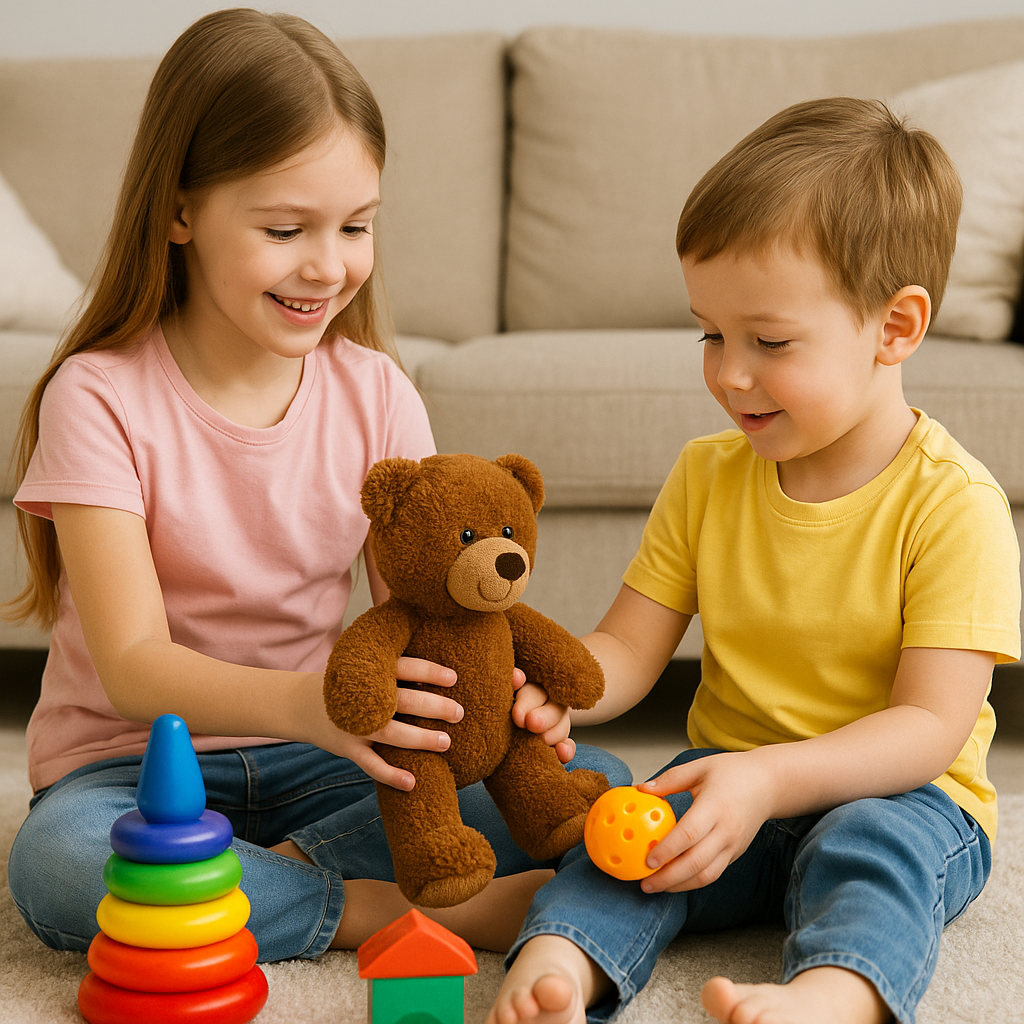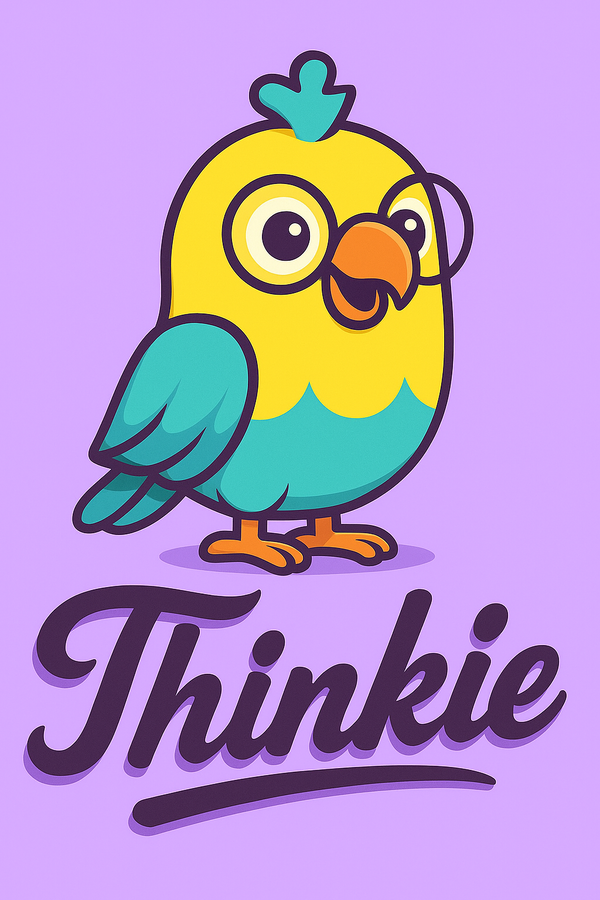
Shared Toys, Shared Hearts: The Sibling Connection
Share
Introduction
For parents, watching siblings play together can be heartwarming—and sometimes challenging. When toys are shared, conflicts can arise, but so do powerful lessons in empathy, cooperation, and social growth. Research shows that sibling play is more than fun; it’s a key part of childhood development.
1. The Social Classroom at Home
According to the Journal of Child Development (Dunn, 2014), siblings act as a child’s first peers. Through play, they practice turn-taking, conflict resolution, and negotiation, skills that lay the foundation for friendships outside the home.
2. Learning Empathy Through Sharing
Sharing toys isn’t always easy. But when children experience both giving and receiving, they learn perspective-taking—understanding another’s feelings. A study in Frontiers in Psychology (2018) highlights that sibling interactions often predict higher levels of empathy and social competence.
3. Conflict as Growth
Arguments over toys may seem negative, but they are natural opportunities for growth. When parents guide children toward fair solutions instead of intervening too quickly, kids build problem-solving strategies they will use for life.
4. Beyond Toys: Building Lasting Bonds
Toys are just the starting point. The act of playing, creating, and sometimes clashing teaches siblings that relationships require patience, compromise, and love. These shared experiences become the building blocks of lifelong connection.
Conclusion
Shared toys are more than objects; they are tools for building empathy, cooperation, and sibling love. Encouraging healthy sharing habits not only prevents household battles but also nurtures children into compassionate, socially skilled individuals.
